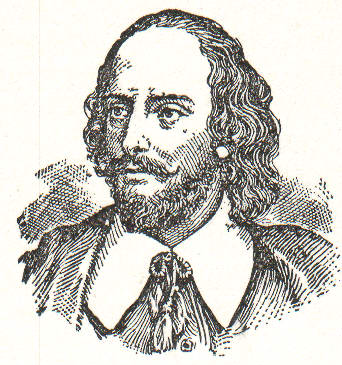History, Context, Genres and Themes, and Ethics - I felt like I exponentially increased my
Shakespeare Literacy by studying the plays, watching the movies, and attending
the performance. The different genres make Shakespeare accessible and enjoyable
- the setting, characters, diction, allusions, themes, and of course the PLOTS
make a lot more sense now.
Secondary Scholarship
I benefited from the other books and articles
and blogs and conversations that I read about Shakespeare and his work. I
learned to appreciate all that is available about this and other topics.
Scholarly Research
1. Gain Shakespeare Literacy
I loved the things I learned about original
Shakespeare and about Shakespeare today. I understand it has a huge part in
education and entertainment all over the country, around the world, and across
various interests and investments (i.e. Shakespeare video games!). I understand
Shakespeare better by getting familiar with him/his works through all these
different genres.
2. Analyze Shakespeare Critically
In my essay I compared A Midsummer Night's
Dream to Romeo and Juliet and other plays, and had to think critically to
decide why MND is, in my opinion, the best option for teaching ninth graders.
This required me to focus on this and the other plays and their similarities
and differences, strengths and weaknesses, appeal to audiences, and impact on
society. I feel like I own Shakespeare in a whole new manner!
3. Engage Shakespeare Creatively
When we wrote and filmed our sonnets I felt
like this helped me to engage creatively with Shakespeare. That was fun and
interesting and provided a bit of insight into the bard’s mind, if nothing else
than just to think like a poet for a few minutes.
4. Share Shakespeare Meaningfully
People said they liked my sonnet that I posted
on facebook and google +. That’s a good way to share Shakespeare. And I am
hoping that the essay I wrote about how to teach Shakespeare will influence
teachers and students in a way that is meaningful. I am excited about the
venues to which I submitted my paper. I think all the blogging in class was a
sort of way to share Shakespeare meaningfully – not really my cup of tea, but
required for this class, so I did it. Talking to people about Shakespeare in
person was fun and I plan to do more of that for the rest of my life.
5. Gain Digital Literacy
I learned how to blog, how to upload videos to
youtube, and how to find social media groups about pertinent things, like google communities. My digital literacy has been increased. I might even end up
blogging this summer as part of my job. Imagine that! I did not think that this kind of research was necessary or the most valuable way to learn and write about Shakespeare, but I guess every thing has its place somewhere.











